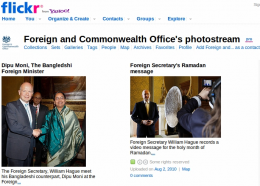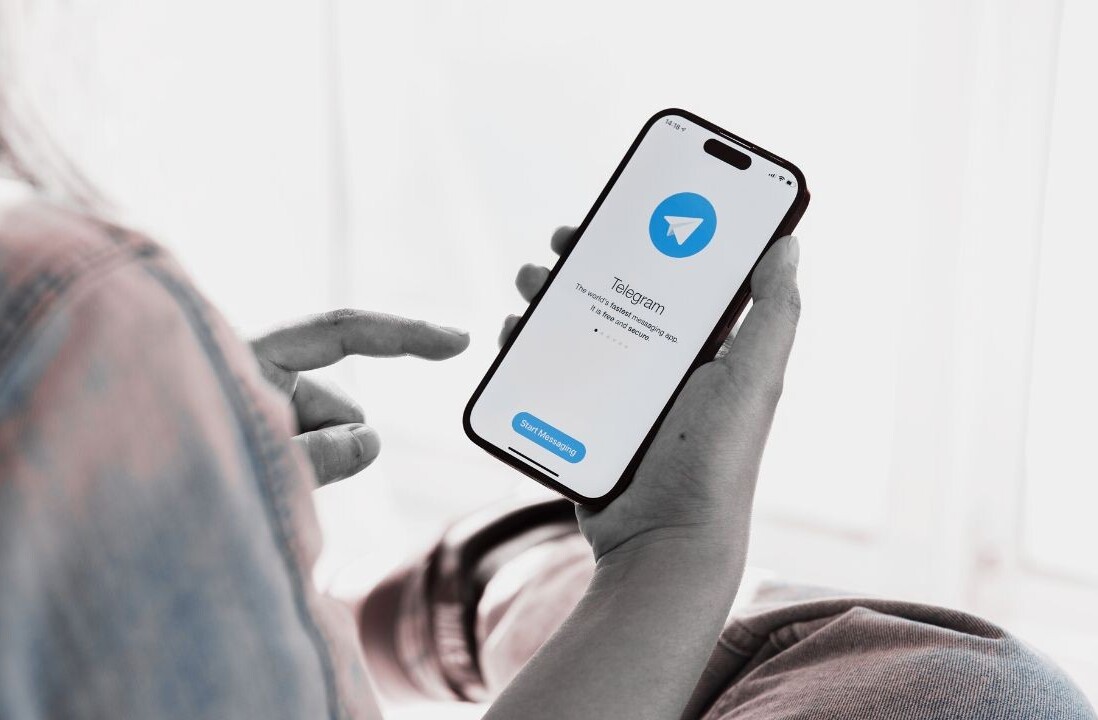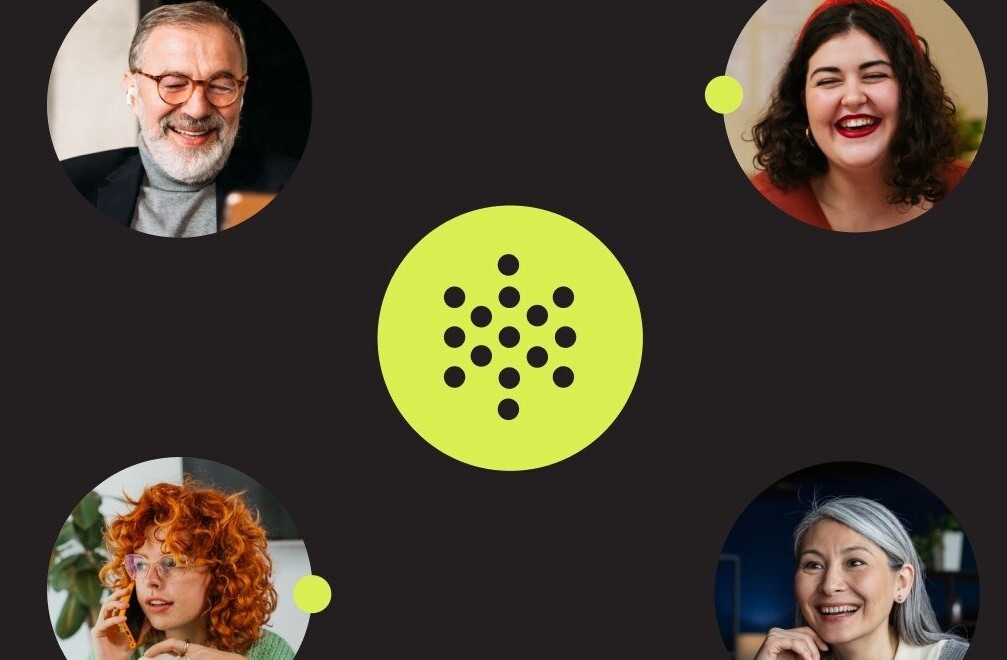
 Hear the words “Foreign and Commonwealth Office” and you might think of fusty old English ambassadors sat behind oaken desks reading leather-bound books. It turns out they’re more likely to be tweeting a link to their latest Flickr photo set these days.
Hear the words “Foreign and Commonwealth Office” and you might think of fusty old English ambassadors sat behind oaken desks reading leather-bound books. It turns out they’re more likely to be tweeting a link to their latest Flickr photo set these days.
The UK government may have a shaky reputation with social media but one department that seems to be particularly successful is the Foreign and Commonwealth Office. It’s active on Facebook (in multiple languages), has numerous Twitter accounts, shares photos on Flickr and uses YouTube, with many of Britain’s embassies around the world each having their own accounts too.
A recent development has seen the department encouraging developers to use its RRS feeds in creative ways. Meanwhile, a recent Tweetminster study found that it was the most mentioned and retweeted government department on Twitter during the first hundred days of the current government.
So, what are they doing right? We spoke to the department’s Head of Digital Diplomacy, Jimmy Leach to find out about his work there. Leach came to the Foreign and Commonwealth Office from a background in media and politics. Having worked at both the Independent and Guardian, he also spent time as Head of Digital Communications at the Prime Minister’s residence, Downing Street.
Go where the audience is
Why does the Foreign and Commonwealth Office need to use social media? It’s all about getting to the public where they are, rather than waiting for them to show up.
“As with any government website, the problem is always how you make your site a destination for people”, says Leach. “My thought is that you don’t, and you concentrate on distribution as the way to make your content visible. Content is granular – people are more interested in what you’re talking about on an individual page rather than following brands online with any massive loyalty.”
Very few people are likely to want to visit a government website but that doesn’t meant they’re not interested, Leach notes. “Brand loyalty is relatively rare online so you need to get your content into the brands that people do use on a daily basis. From there, it’s a short hop to using social media.”
Having been recognised as the most mentioned and retweeted government department during the first hundred days of the current government, what makes the Foreign Office account such a success? “You may be better asking Tweetminster,” says Leach. “But I think it’s because the followers we have are ‘genuine’ – we’re not a recommended account – and we do try and interact with people. Also perhaps because we concentrate on content and links, we’re trying to spread the information and usually add a link, which makes a RT more valuable for other users.”
Leach is keen to point out that Tweetminster only counted the main Foreign Office account. “I think the report undervalued the ‘devolved’ tweeting – individuals, embassies and posts and the Foreign Secretary also tweet but weren’t included in that report.”
Trying something different
An unusual recent addition to the department’s social media arsenal is Twingly Channels, a product we reported on when it launched last year. At the tme we described it as a “Combination of FriendFeed’s content sharing and discovery, Digg’s voting system and Tweetmeme’s retweet tracking, creating an exciting realtime way of discussing what’s interesting right now.” While a powerful tool, it hasn’t been picked up by the mainstream as yet, so why is Leach using it?
“I’d seen Twingly before in a previous job and always thought they were doing some interesting stuff. They cropped up again and the possibilities of a channel fed from our blog feeds was simple and low maintenance and it gives us a chance to broaden our audience. Twingly are strong in Europe and we don’t have social media outlets aimed at that market, so its an attractive proposition. The ideas they have in the pipeline should allow us to pull it closer together with the rest of our social media footprint too.”
Speaking of the future, is Leach looking to push the department’s social media policy further? “We’ll be trying to develop the presence, but with low cost innovation”, he says. “The financial climate of the public sector at the moment ought to be a major opportunity for digital communications where we can use an already extensive web network (257 different sites across the post and embassy network) and layer on top of it the tools and amplifiers that the internet brings.”
Get the TNW newsletter
Get the most important tech news in your inbox each week.




